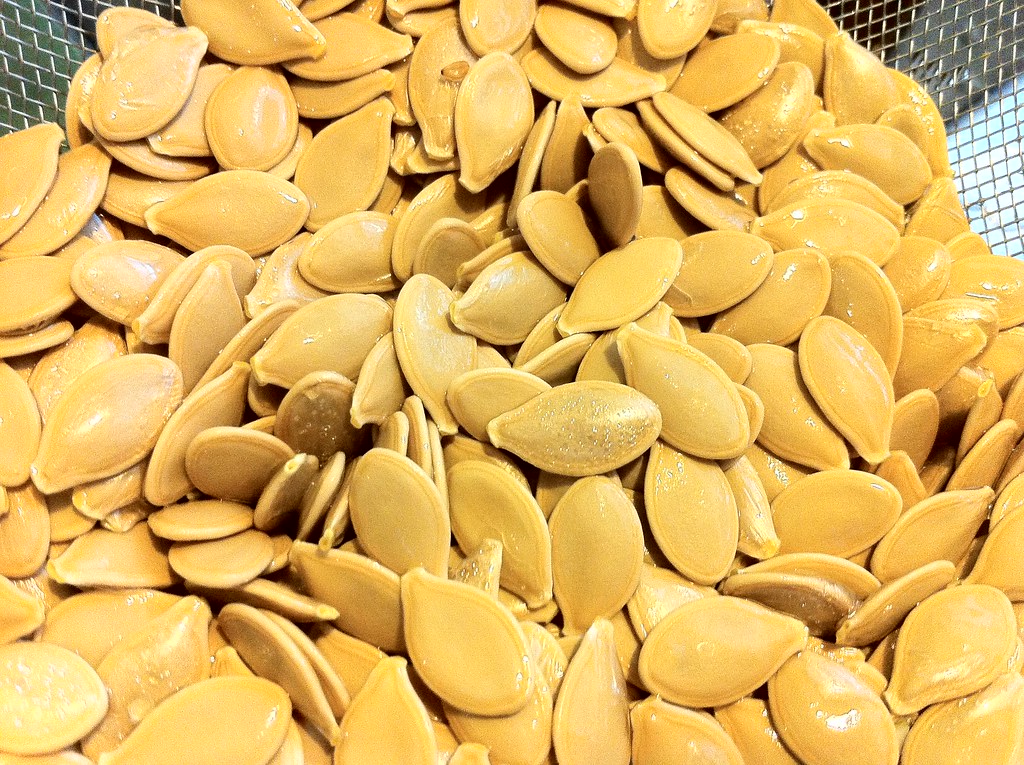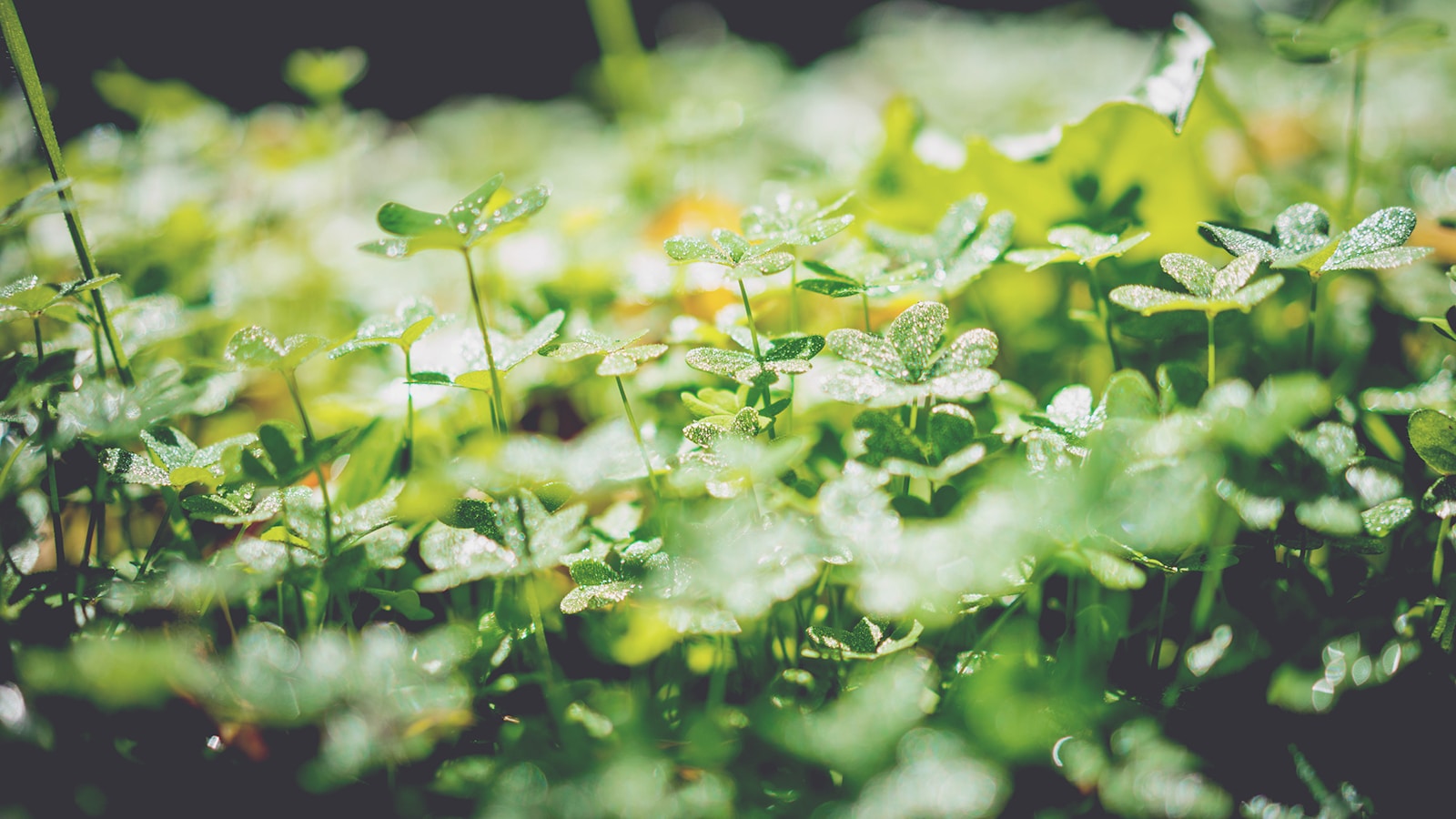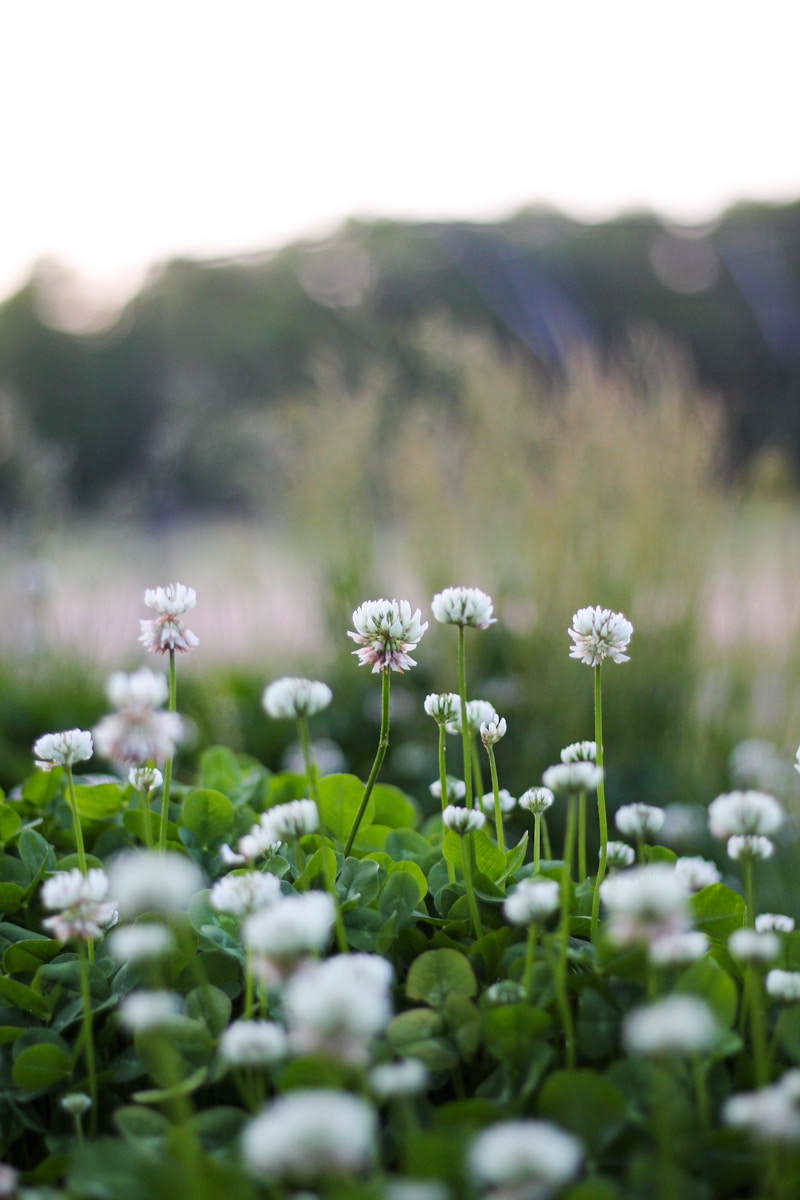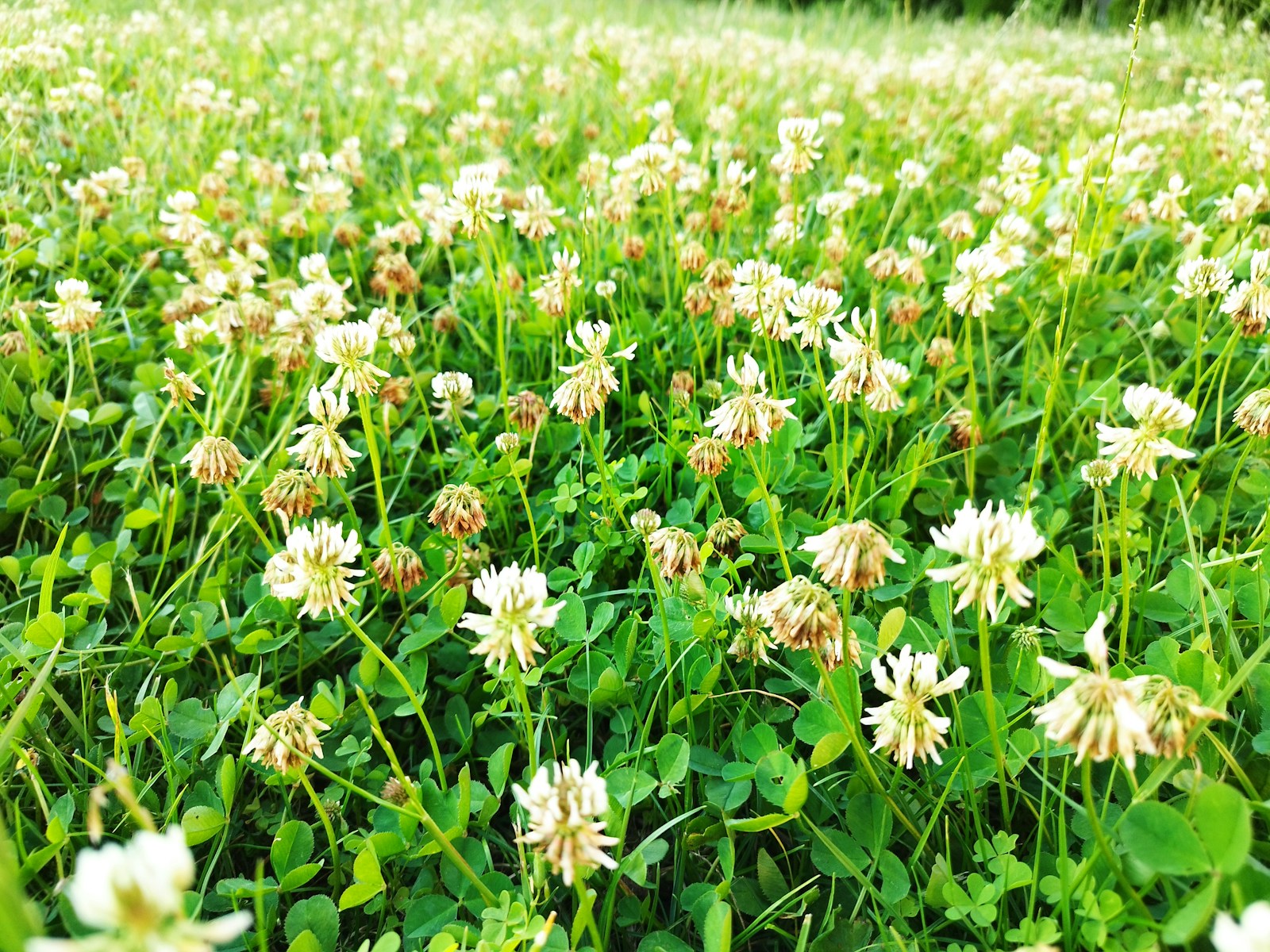Have you ever wondered if soaking seeds before planting is worth the effort? Some gardeners swear by this trick, while others skip it entirely. The truth lies somewhere in between. Understanding when and why to soak seeds can make your garden bloom better and faster.
Why Soak Seeds in the First Place?
Many seeds have a hard outer coating designed to protect them until conditions are just right for germination. Soaking softens this coat, allowing water to penetrate and trigger the growth process. Think of it as giving your seeds a head start.
When to Soak Seeds
Soaking isn’t necessary for all types of seeds. Large seeds with thick coatings benefit the most. These include:
- Beans (like pole and bush beans)
- Corn
- Peas
- Pumpkins and squash
- Sunflowers
Smaller seeds, such as carrots or lettuce, don’t require soaking and may even be harder to handle when wet.
How to Soak Seeds Properly
Follow these simple steps for successful seed soaking:
- Gather your tools: A bowl or jar, clean water, and a strainer or paper towels.
- Place seeds in a container: Make sure they’re spread out, not clumped together.
- Add water: Use room-temperature water and cover the seeds completely.
- Set a timer: Soak for 8-12 hours, but no more than 24 hours to avoid rotting.
- Drain and rinse: Use a strainer to remove excess water.
- Plant immediately: While the seeds are moist and ready to germinate.
Helpful Tools for Seed Soaking
- Mason jars with mesh lids: Great for soaking and draining seeds.
- Strainers: Helps with easy rinsing.
- Label markers: Keep track of different seed types.
Seed Soaking Do’s and Don’ts
Do:
- Use clean water to avoid contamination.
- Experiment with soaking times to find what works best.
Don’t:
- Soak for too long—seeds can become waterlogged and rot.
- Use hot water, which can damage the seeds.
Actionable Tips for Gardeners
- Know your seeds: Research whether your specific seeds need soaking.
- Keep it simple: If unsure, soak seeds overnight and plant the next day.
- Record your results: Keep a gardening journal to track what works.
Soaking seeds isn’t always necessary, but for the right seeds, it can make a noticeable difference. Give it a try and watch your garden thrive.



